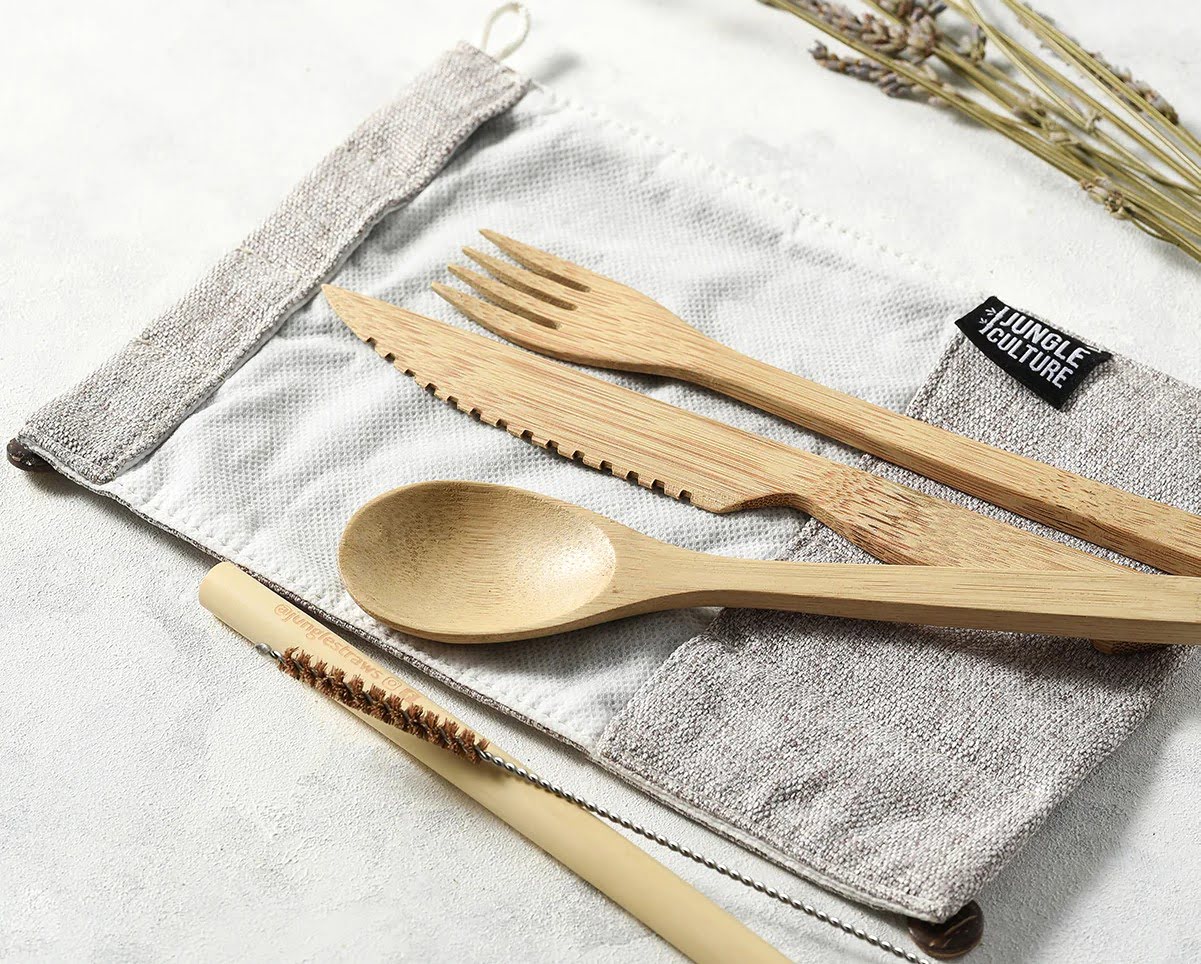

Tableware
How Long Does Bamboo Cutlery Last
Modified: December 7, 2023
Discover how long bamboo cutlery lasts and make an eco-friendly choice for your tableware. Reduce waste with durable bamboo utensils that stand the test of time.
(Many of the links in this article redirect to a specific reviewed product. Your purchase of these products through affiliate links helps to generate commission for Storables.com, at no extra cost. Learn more)
Introduction
Welcome to the world of tableware, where every meal becomes an experience worth savoring. One of the latest trends in the tableware industry is the use of bamboo cutlery. This eco-friendly alternative to traditional metal or plastic utensils has gained popularity among environmentally conscious consumers.
Bamboo cutlery offers a sustainable solution that not only reduces plastic waste but also adds a touch of natural beauty to your dining experience. But how long can you expect your bamboo cutlery to last?
In this article, we will explore the lifespan of bamboo cutlery and provide tips on how to maximize its longevity. So, grab a cup of tea, sit back, and let’s dive into the world of bamboo cutlery!
Key Takeaways:
- Bamboo cutlery typically lasts 1 to 5 years with proper care. Hand wash, thoroughly dry, and store in a well-ventilated area to extend its lifespan and enjoy sustainable dining for years.
- When disposing of bamboo cutlery, opt for eco-friendly options like composting, upcycling, or donating. By making conscious choices, you contribute to a circular economy and reduce waste in landfills.
Read more: How Long Does Bamboo Take To Germinate
What is Bamboo Cutlery?
Bamboo cutlery, as the name suggests, refers to utensils made from bamboo, a fast-growing and renewable resource. Bamboo has long been used in various industries, thanks to its strength, durability, and natural aesthetic appeal. In recent years, bamboo has become a popular choice for tableware due to its eco-friendly attributes.
Bamboo cutlery typically includes forks, knives, spoons, and even chopsticks. These utensils are crafted from bamboo stalks, which are naturally antibacterial, making them a hygienic choice. The bamboo is usually treated and finished with food-grade oils to ensure its suitability for culinary purposes.
What sets bamboo cutlery apart from its conventional counterparts is its sustainable nature. Bamboo is one of the fastest-growing plants on earth, with some species growing up to a meter a day. This rapid growth makes it an ideal renewable resource, as it can be harvested without causing significant damage to the environment. Unlike plastic cutlery, which can take hundreds of years to decompose, bamboo cutlery is biodegradable and compostable.
Furthermore, bamboo cutlery offers a rustic charm to your dining experience. The natural grain and texture of bamboo give the utensils a unique and organic appearance. This adds a touch of elegance and beauty to your table setting, making every meal feel special.
Now that we have a better understanding of what bamboo cutlery is, let’s dive deeper into the benefits it brings to the table.
Benefits of Bamboo Cutlery
Choosing bamboo cutlery comes with a wide range of benefits, both for you and the planet. Let’s explore some of the key advantages that make bamboo cutlery an excellent choice for your tableware:
- Eco-friendly: Bamboo cutlery is a sustainable alternative to plastic or metal utensils. Bamboo is a rapidly renewable resource that grows abundantly, requiring no pesticides or fertilizers. By opting for bamboo cutlery, you are reducing your reliance on single-use plastics and contributing to a greener and cleaner planet.
- Biodegradable: Unlike plastic cutlery that takes centuries to decompose, bamboo cutlery is biodegradable and can break down naturally without leaving harmful residues behind. When disposed of in a composting facility, bamboo cutlery can return to the earth, completing its lifecycle without causing harm to the environment.
- Lightweight and Portable: Bamboo cutlery is lightweight, making it an excellent choice for travel, picnics, camping, or any on-the-go dining experience. The utensils can be easily packed in a bag or lunchbox without adding unnecessary weight. Say goodbye to flimsy plastic alternatives and embrace the convenience of bamboo cutlery.
- Natural Charm: The natural beauty of bamboo adds a touch of elegance and sophistication to your dining experience. The unique grain patterns and warm tones of bamboo create a visually appealing table setting that is sure to impress your guests. You can enjoy your meals with style and grace, all while making an eco-conscious choice.
- Durable and Long-lasting: Bamboo cutlery is known for its durability. When properly cared for, it can withstand regular use without chipping or breaking. This means that your investment in bamboo cutlery will last for an extended period, providing you with reliable utensils that are ready for every meal.
- Naturally Antibacterial: Bamboo possesses natural antibacterial properties, making it resistant to the growth of harmful bacteria. This ensures that your bamboo cutlery remains hygienic and safe to use for your everyday meals.
As you can see, bamboo cutlery offers a range of benefits that go beyond the dining table. By choosing bamboo, you are making a conscious choice to protect the environment while enjoying the aesthetics and functionality of this versatile material.
Factors that Affect the Lifespan of Bamboo Cutlery
The lifespan of bamboo cutlery can vary depending on several factors. Understanding these factors can help you maximize the longevity of your utensils. Let’s take a look at some key factors that can affect the lifespan of bamboo cutlery:
- Frequency of Use: The more frequently you use your bamboo cutlery, the more wear and tear it is likely to experience. If you use your bamboo utensils daily, they may show signs of wear sooner than if they are used less frequently.
- Quality of Bamboo: The quality of the bamboo used to make the cutlery can have an impact on its lifespan. Bamboo cutlery made from high-quality bamboo is likely to be more durable and long-lasting compared to utensils made from lower-grade bamboo.
- Proper Care and Maintenance: How well you care for your bamboo cutlery plays a significant role in determining its lifespan. Proper cleaning, drying, and storing can help prevent damage and prolong the lifespan of your utensils. We will discuss specific care and maintenance tips in more detail later in this article.
- Exposure to Extreme Temperatures: Like any natural material, bamboo can be sensitive to extreme temperatures. Excessive exposure to heat or cold can cause the bamboo to warp, crack, or lose its structural integrity. It is advisable to avoid using bamboo cutlery in extremely hot or cold environments.
- Handling and Usage: The way you handle and use your bamboo cutlery can impact its lifespan. Rough handling, using the wrong utensil for a particular task, or applying excessive force can lead to damage or breakage. It is essential to use bamboo cutlery as intended and handle it with care.
- Moisture and Humidity: Bamboo is a natural material that can absorb moisture. Prolonged exposure to moisture or high humidity levels can cause the bamboo to swell, warp, or develop mold or mildew. It is crucial to keep your bamboo cutlery dry and store it in a well-ventilated area.
By considering these factors and taking appropriate measures, you can extend the lifespan of your bamboo cutlery and enjoy its eco-friendly benefits for years to come.
How Long Does Bamboo Cutlery Typically Last?
The lifespan of bamboo cutlery can vary depending on various factors, including the quality of the bamboo, frequency of use, and how well it is cared for. On average, bamboo cutlery can last anywhere from 1 to 5 years with regular use.
The durability of bamboo cutlery is one of its significant advantages. Bamboo is a sturdy and resilient material, making it more resistant to chipping or breaking compared to fragile plastic alternatives. However, it’s important to note that like any natural material, bamboo will eventually wear down over time.
The frequency of use plays a crucial role in determining how long your bamboo cutlery will last. If you use your utensils daily, they may show signs of wear and tear sooner compared to occasional or rotational use. Additionally, the quality of the bamboo used to make the cutlery can also influence its lifespan.
Proper care and maintenance can significantly extend the lifespan of bamboo cutlery. Following a few simple tips can help keep your utensils in good condition for longer:
- Hand wash your bamboo cutlery instead of using the dishwasher. The high heat and harsh detergents used in dishwashers can cause the bamboo to deteriorate faster.
- After washing, towel dry your cutlery and allow it to air dry completely before storing. Avoid leaving your bamboo cutlery wet or soaking in water for prolonged periods, as this can lead to warping or mold growth.
- Store your bamboo cutlery in a well-ventilated area away from direct sunlight or extreme temperatures. Ideally, use a utensil holder or bamboo drawer organizer to prevent them from sliding around or getting damaged.
- Avoid using your bamboo cutlery for cutting hard or frozen foods. While bamboo is durable, it is best suited for general eating and stirring tasks.
- Periodically apply food-grade oil to your bamboo cutlery. This helps restore the natural luster of the wood and provides a protective barrier against moisture.
By following these tips and taking proper care of your bamboo cutlery, you can expect it to last closer to the upper end of the estimated lifespan range.
However, it’s important to note that as with any product, individual results may vary. Factors such as the quality of the bamboo, handling, and usage patterns can influence the longevity of your bamboo cutlery. Monitoring the condition of your utensils and replacing any damaged or worn pieces is essential to ensure a safe and enjoyable dining experience.
Bamboo cutlery can last for several years with proper care. To extend its lifespan, avoid soaking in water for long periods and regularly apply a food-safe oil to maintain its condition.
Tips for Extending the Lifespan of Bamboo Cutlery
While bamboo cutlery is known for its durability, there are several measures you can take to further extend its lifespan. By following these tips, you can enjoy your bamboo utensils for even longer:
- Hand Wash Only: To preserve the quality of your bamboo cutlery, it is best to hand wash them instead of using a dishwasher. The high heat and harsh detergents in dishwashers can cause the bamboo to deteriorate faster. Gently wash your utensils with mild soap and warm water, and rinse thoroughly.
- Pat Dry and Air Dry Completely: After washing your bamboo cutlery, pat them dry with a soft towel to remove any excess moisture. Then, allow them to air dry completely before storing. Avoid leaving your utensils wet or soaking in water, as this can lead to warping or the growth of mold or mildew.
- Store in a Well-Ventilated Area: When not in use, store your bamboo cutlery in a well-ventilated area. Avoid direct sunlight and extreme temperatures, which can cause the bamboo to crack or lose its shape. Using a utensil holder or a bamboo drawer organizer can keep your cutlery organized and prevent them from sliding around or getting damaged.
- Avoid Cutting Hard or Frozen Foods: Bamboo cutlery is not designed for cutting hard or frozen foods. The strength of bamboo lies in its suitability for general eating and stirring tasks. Using your utensils for cutting tasks beyond their intended use can lead to damage or breakage.
- Apply Food-Grade Oil: Periodically applying food-grade oil to your bamboo cutlery can help maintain its quality. This helps restore the natural luster of the wood and provides a protective barrier against moisture. Simply apply a small amount of oil using a cloth, and wipe off any excess.
- Use Soft Utensils: When using your bamboo cutlery, opt for gentle, non-abrasive utensils for stirring or mixing. Metal or sharp-edged utensils can cause scratches or dents on the bamboo surface.
- Inspect Regularly: Periodically inspect your bamboo cutlery for any signs of damage or wear. If you notice any cracks, splinters, or significant deterioration, it may be time to replace those utensils to ensure a safe dining experience.
By incorporating these tips into your care routine, you can prolong the lifespan of your bamboo cutlery and continue to enjoy its sustainable and natural beauty for years to come. Remember, proper care and maintenance are key to preserving the integrity of your bamboo utensils.
Proper Care and Maintenance of Bamboo Cutlery
To ensure that your bamboo cutlery remains in optimal condition, it’s crucial to practice proper care and maintenance. By following these guidelines, you can keep your utensils looking beautiful and extend their lifespan:
- Hand Wash Only: Avoid using a dishwasher for cleaning your bamboo cutlery. Instead, hand wash them using a mild dishwashing soap and warm water. Gently scrub the utensils with a soft sponge or cloth to remove any food particles or stains.
- Dry Thoroughly: After washing, dry your bamboo cutlery thoroughly. Use a soft towel to remove excess moisture, ensuring that no water remains on the utensils. Leaving them wet can lead to warping, mold growth, or a compromised lifespan.
- Avoid Soaking: Do not soak your bamboo cutlery in water for long periods. Extended exposure to water can cause the bamboo to swell and potentially develop mold. Instead, wash and dry them promptly after use.
- Avoid Harsh Cleaners: Steer clear of harsh cleaning agents or abrasive scouring pads when cleaning your bamboo cutlery. These can cause damage and leave scratches on the surface. Stick to mild dish soap and non-abrasive cleaning tools.
- Apply Food-Grade Oil: To maintain the natural shine and prevent the bamboo from drying out, periodically apply food-grade oil to your cutlery. Simply rub a small amount of oil onto the surface of the utensils using a cloth. This will help prevent the bamboo from cracking or splitting.
- Store Properly: Store your bamboo cutlery in a well-ventilated area away from direct sunlight and extreme temperatures. Ideally, use a utensil holder or a bamboo drawer organizer to keep them organized and prevent them from rolling or getting damaged.
- Handle with Care: While bamboo cutlery is durable, it’s important to handle it with care. Avoid using excessive force or applying pressure when using the utensils, as this can lead to breakage. Use them for their intended purpose, such as eating or stirring, rather than using them for cutting or prying.
- Inspect Regularly: Regularly inspect your bamboo cutlery for any signs of damage, such as cracks or splinters. If you notice any compromised areas, it’s advisable to replace those utensils to ensure your safety.
By following these care and maintenance practices, you can keep your bamboo cutlery in excellent condition, preserving its natural beauty and functionality. With proper care, your bamboo cutlery can continue to enhance your dining experience for many years to come.
When to Replace Bamboo Cutlery
Bamboo cutlery, like any utensils, will eventually wear down and may need to be replaced. However, the lifespan of your bamboo cutlery can be prolonged with proper care and maintenance. Here are some signs to look out for that may indicate it’s time to replace your bamboo cutlery:
- Cracks or Splinters: If you notice significant cracks or splinters on your bamboo cutlery, it may be time to replace them. These damaged areas can compromise the structural integrity of the utensils and potentially pose a safety risk during use.
- Warping or Deformation: Over time, bamboo cutlery may warp or lose its original shape. If you notice significant warping or deformation that affects the functionality of the utensils, it’s a good indication that they should be replaced.
- Excessive Wear and Tear: With regular use, bamboo cutlery will naturally show some signs of wear and tear. However, if your utensils have extensive scratches, dents, or deep grooves that make them difficult to clean or affect their usability, it may be time to invest in new ones.
- Mold or Mildew Growth: If your bamboo cutlery has not been properly dried and stored, it may develop mold or mildew. While it may be possible to clean the affected areas, it’s recommended to replace the utensils to ensure hygienic and safe use.
- Loss of Functionality: If your bamboo utensils are no longer serving their intended purpose effectively, it may be a sign that they need to be replaced. For example, if they are becoming too fragile or unable to withstand regular use without breaking, it’s time to consider purchasing new ones.
It’s important to regularly inspect your bamboo cutlery to check for any signs of damage or wear. If you come across any of the mentioned signs, it’s advisable to replace the utensils to ensure a safe and enjoyable dining experience.
Remember, taking proper care of your bamboo cutlery, including handwashing, thorough drying, and proper storage, can help extend their lifespan. However, if you notice any significant issues that cannot be resolved or pose a safety risk, it’s best to replace the utensils and continue enjoying the eco-friendly benefits of bamboo cutlery.
Sustainable Disposal Options for Bamboo Cutlery
When the time comes to part ways with your bamboo cutlery, it’s important to choose a sustainable disposal option that minimizes environmental impact. Here are some eco-friendly ways to dispose of your bamboo utensils:
- Composting: One of the best ways to dispose of bamboo cutlery is through composting. Bamboo is a biodegradable material, and it will naturally break down in a composting environment. Make sure to remove any metal or plastic components from the utensils before composting.
- Commercial Composting Facilities: If you don’t have access to a home composting system, you can check if there are any commercial composting facilities in your area that accept bamboo cutlery. These facilities have the necessary conditions to break down the bamboo efficiently.
- Upcycling and Repurposing: Get creative with your old bamboo cutlery by upcycling or repurposing them into new useful items. For example, you could transform the handles into unique decorative pieces or use them as plant markers in your garden. This way, you can give your bamboo utensils a new life and reduce waste.
- Donate or Gift: If your bamboo cutlery is still in good condition and usable, consider donating them to local charities or community organizations. They may find them helpful for community events, picnics, or other occasions. You could also offer them as a gift to someone who is looking to make more sustainable choices in their everyday life.
- Recycling: Depending on the specific composition of your bamboo cutlery, it may be possible to recycle some parts. Check with your local recycling facilities to see if they accept bamboo products. Keep in mind that not all recycling programs can handle bamboo, so it’s essential to verify the specific guidelines for your area.
- Reselling or Swapping: If your bamboo cutlery is still in good condition and you are looking for a sustainable alternative, consider reselling or swapping them online or through local communities. This way, someone else can make use of the utensils, reducing the need for new resources to be consumed.
By choosing one of these disposal options, you can ensure that your bamboo cutlery continues its eco-friendly journey even after you no longer need it. Remember to research and follow any guidelines or regulations specific to your location for proper waste disposal.
By responsibly disposing of your bamboo cutlery, you contribute to a circular economy and help reduce waste in landfills, driving us towards a more sustainable future.
Read more: How Long Does A Duvet Last
Conclusion
Bamboo cutlery offers a sustainable and stylish alternative to traditional metal or plastic utensils. Its eco-friendly nature, natural charm, and durability make it a popular choice among environmentally conscious consumers. By understanding the factors that affect its lifespan and adopting proper care and maintenance practices, you can extend the longevity of your bamboo cutlery and further reduce waste in our environment.
Remember, bamboo cutlery typically lasts anywhere from 1 to 5 years with regular use, but this can vary based on various factors. By hand washing, thoroughly drying, and properly storing your utensils, you can help prolong their lifespan. Inspecting the cutlery for signs of damage and replacing them when necessary ensures a safe and enjoyable dining experience.
When it’s time to part ways with your bamboo cutlery, opt for sustainable disposal options. Composting, upcycling, donating, or recycling are great alternatives to ensure minimal environmental impact. By making conscious choices about how we dispose of our bamboo cutlery, we can contribute to a more circular economy and reduce waste in landfills.
Choosing bamboo cutlery is not only a commitment to sustainable living but also a celebration of the natural beauty and elegance it brings to our dining experiences. Let’s embrace the eco-friendly journey and make a positive impact on our planet, one meal at a time.
Frequently Asked Questions about How Long Does Bamboo Cutlery Last
Was this page helpful?
At Storables.com, we guarantee accurate and reliable information. Our content, validated by Expert Board Contributors, is crafted following stringent Editorial Policies. We're committed to providing you with well-researched, expert-backed insights for all your informational needs.

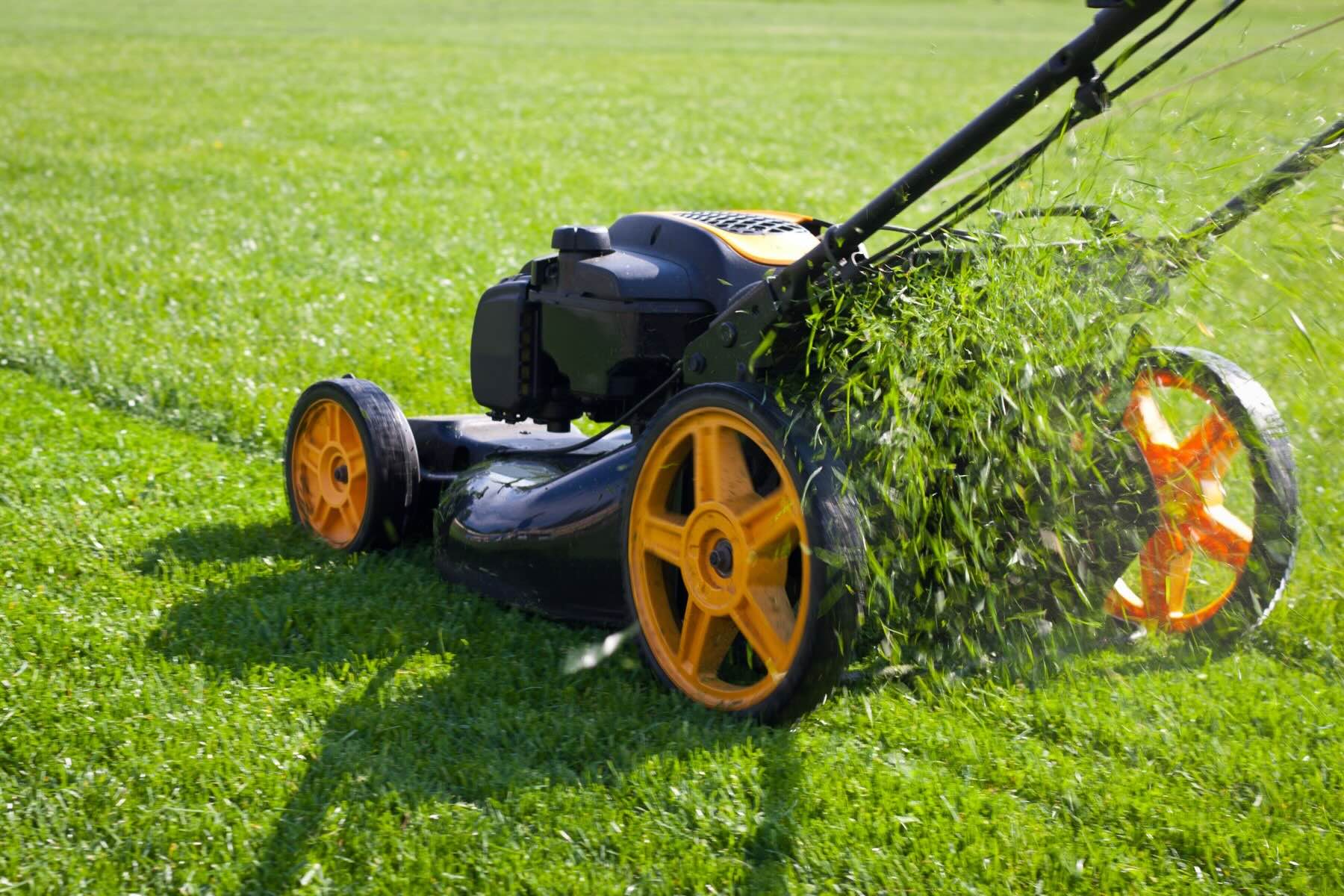
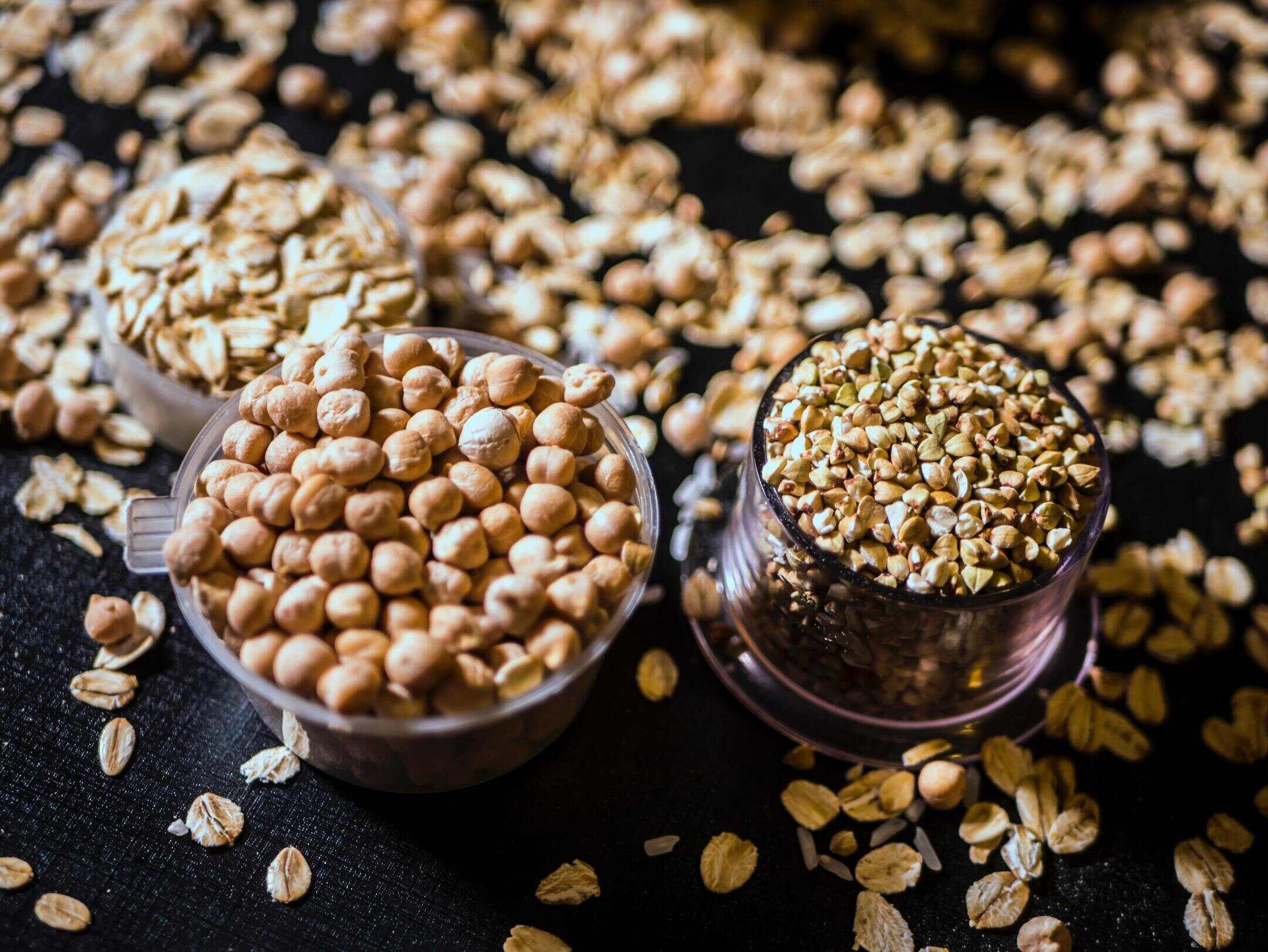
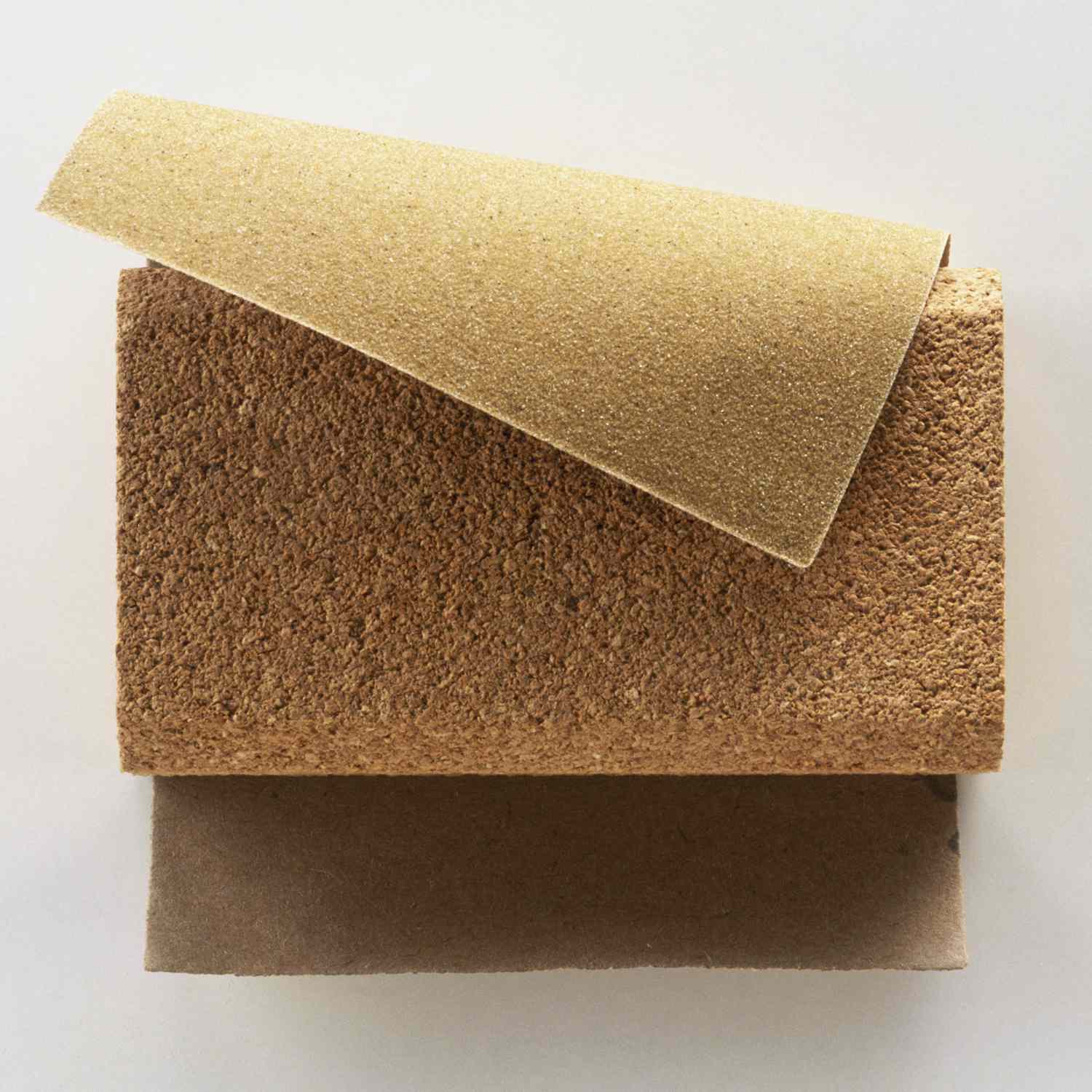
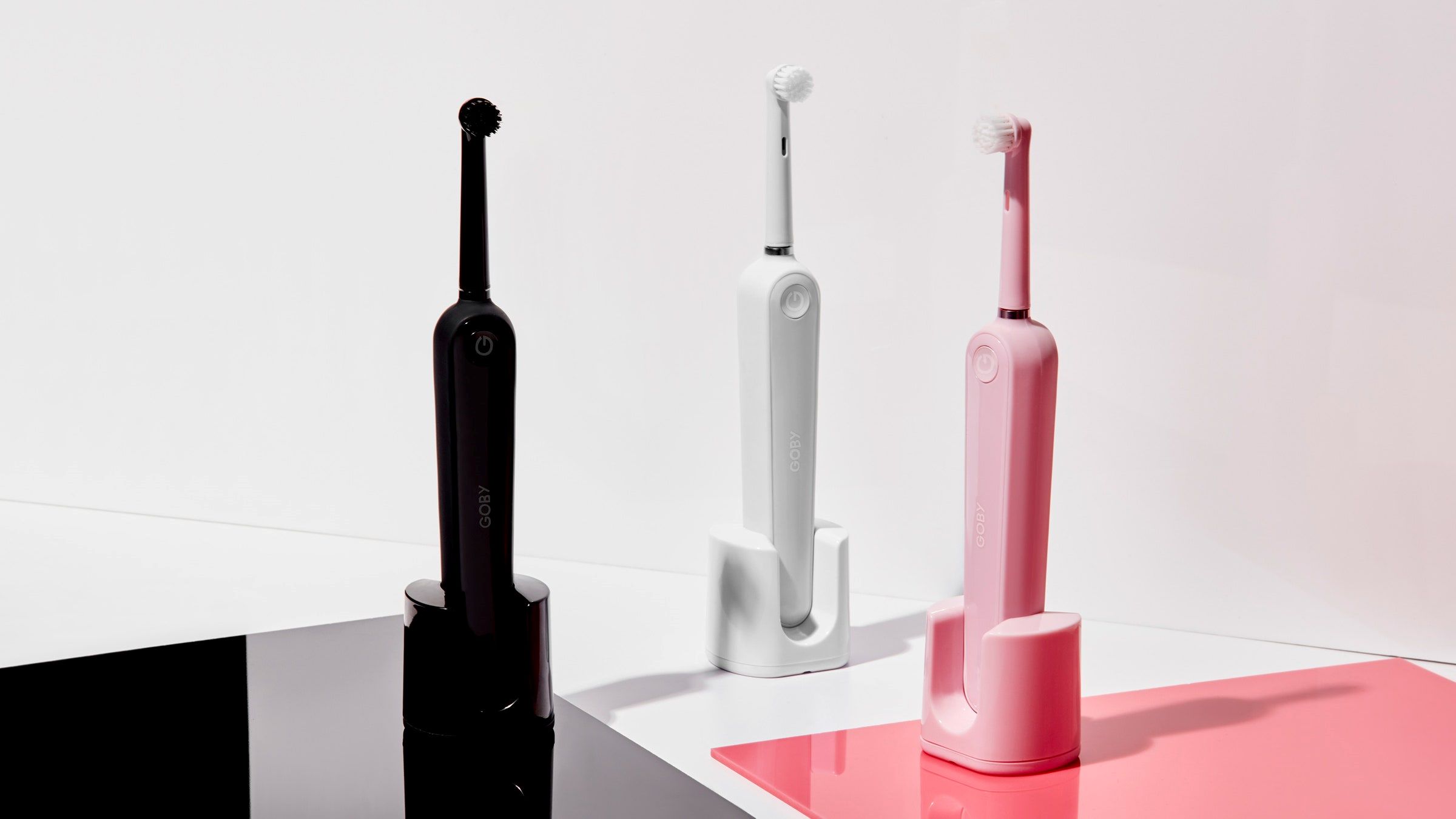
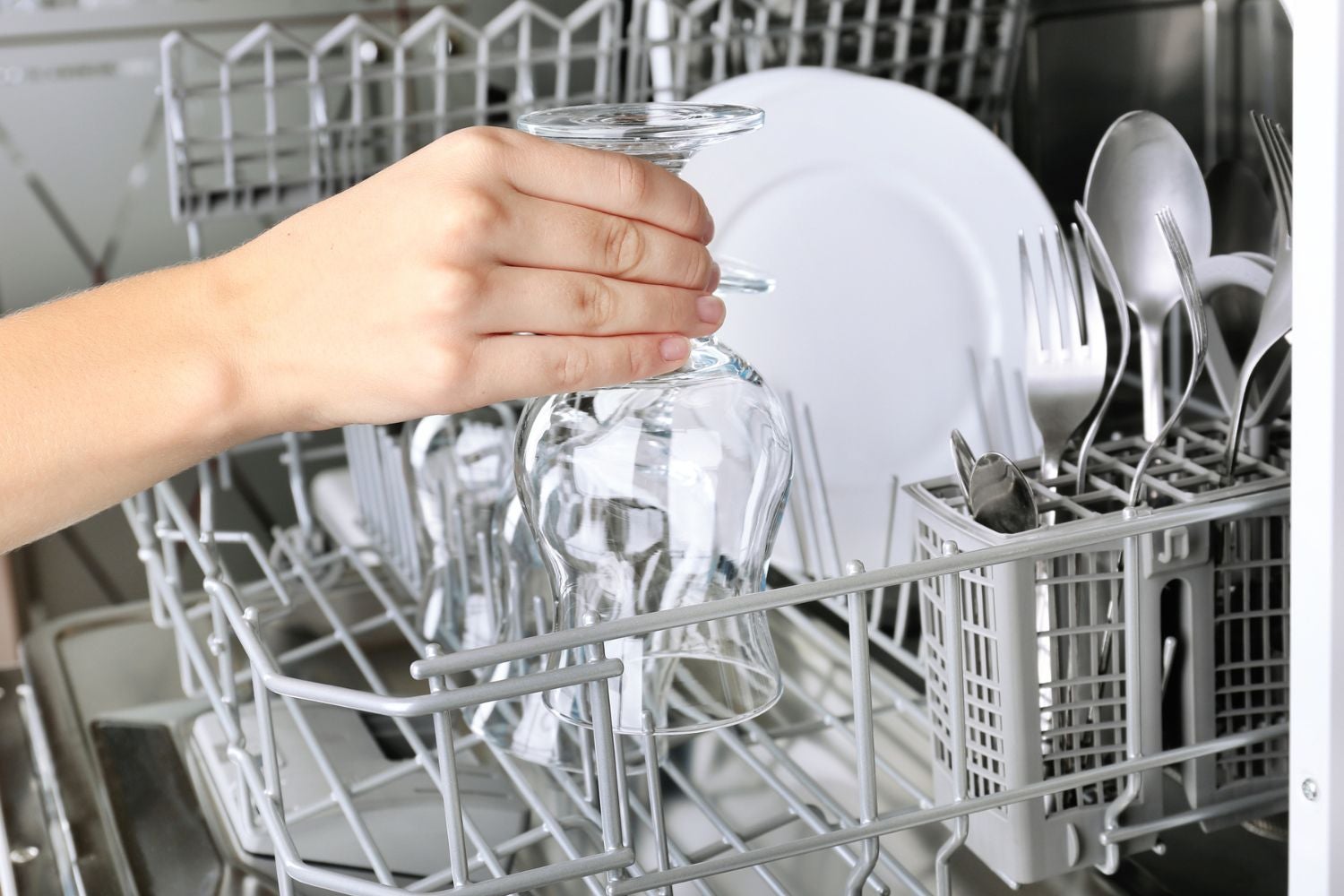


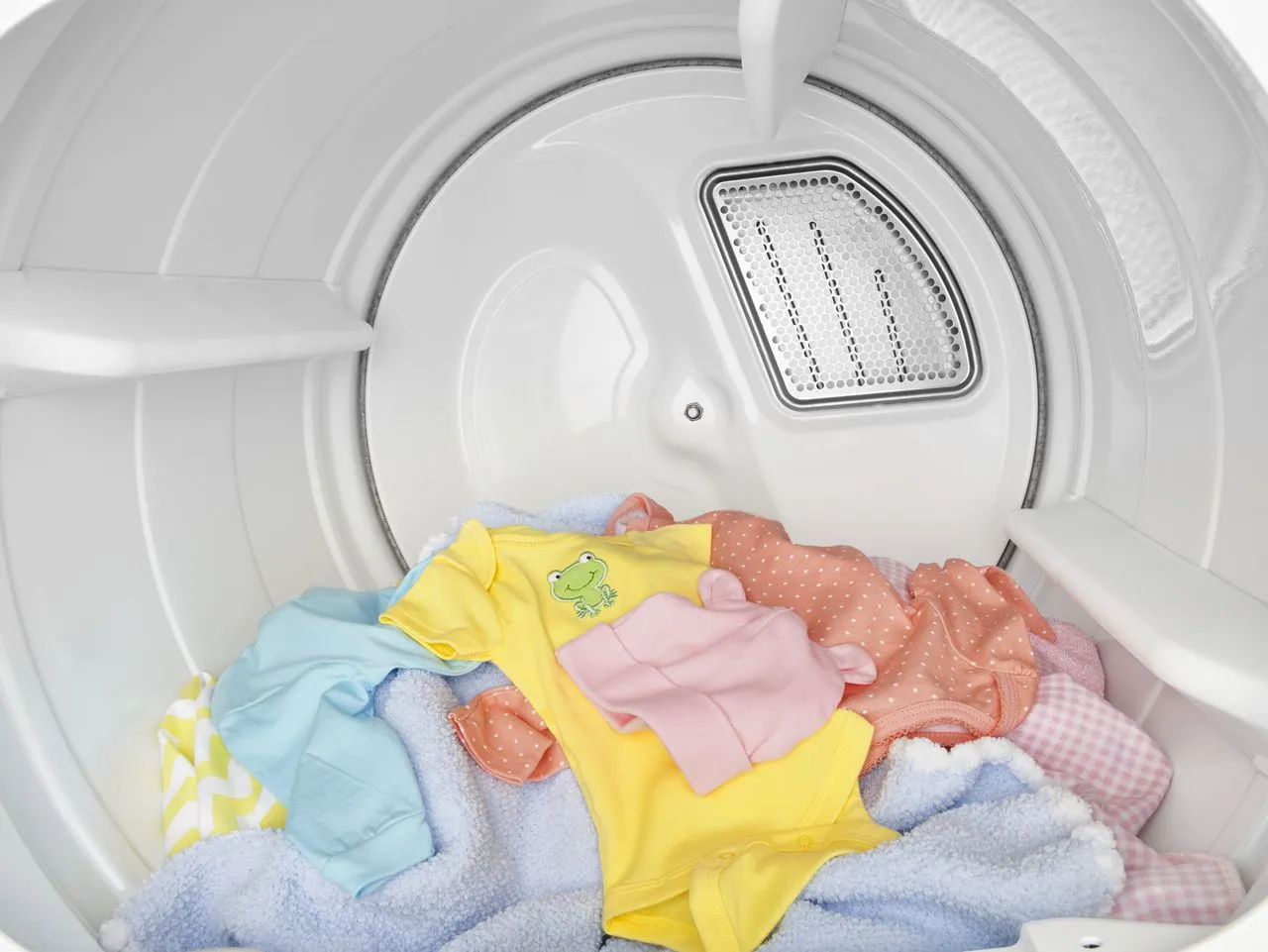
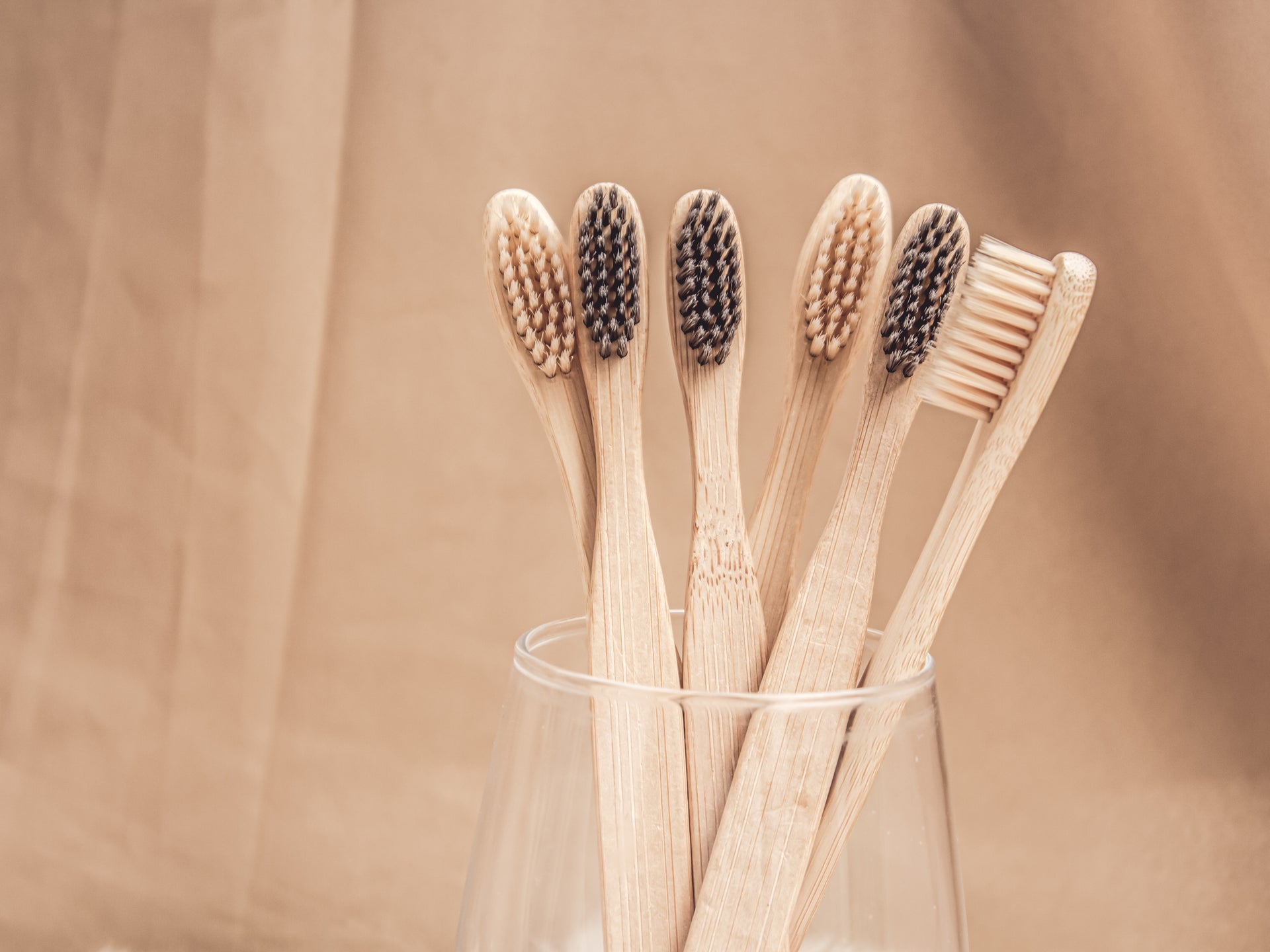
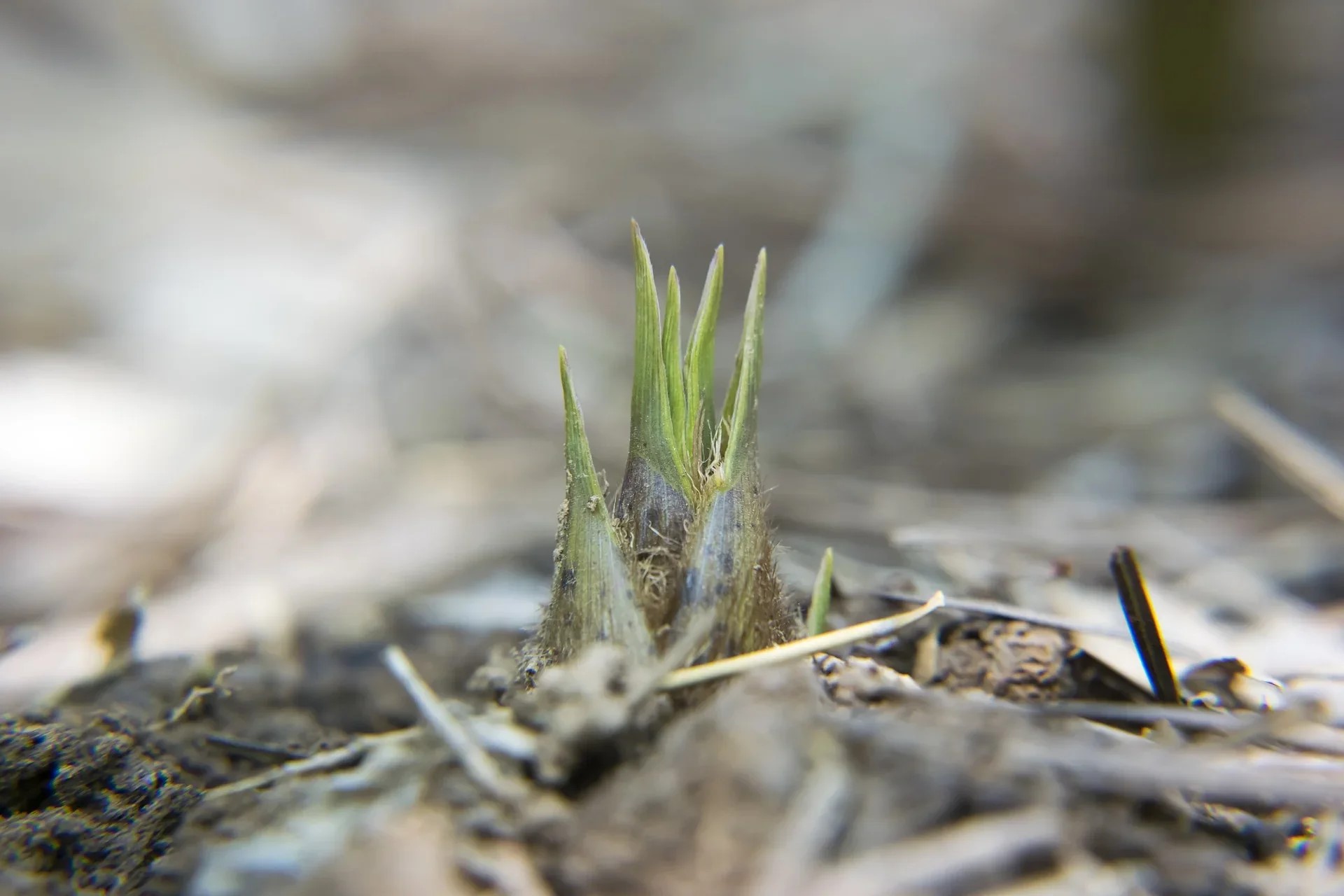
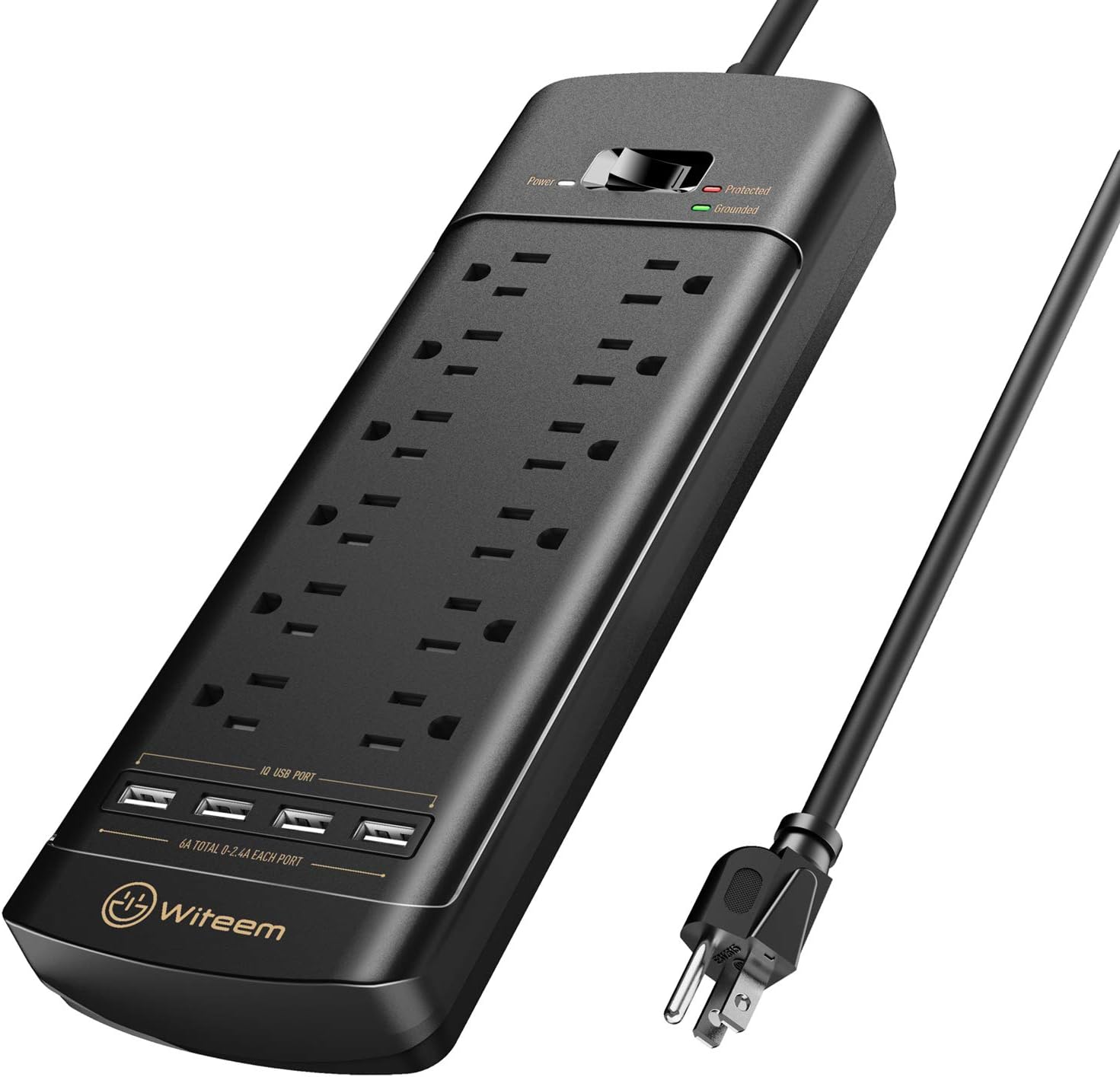


0 thoughts on “How Long Does Bamboo Cutlery Last”